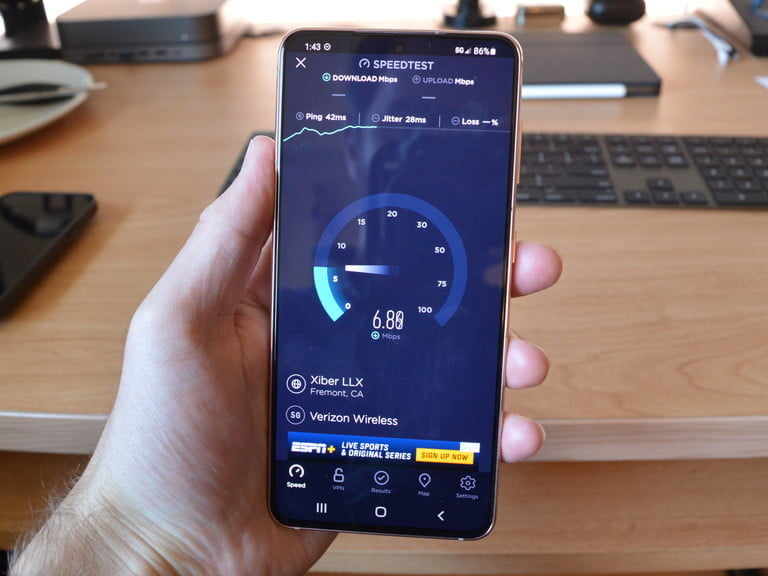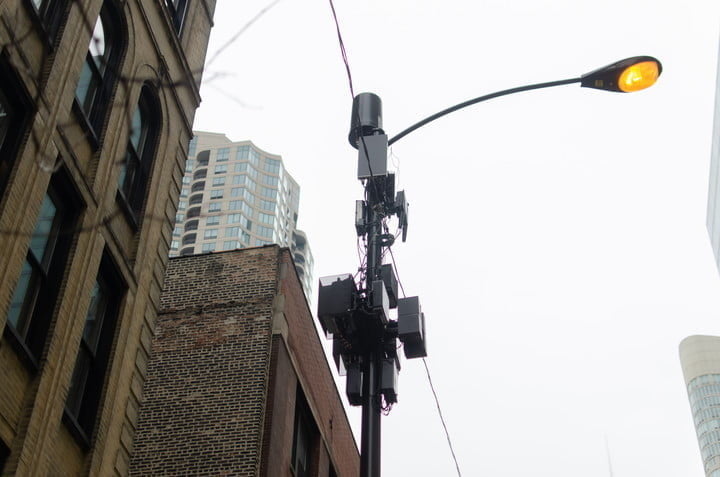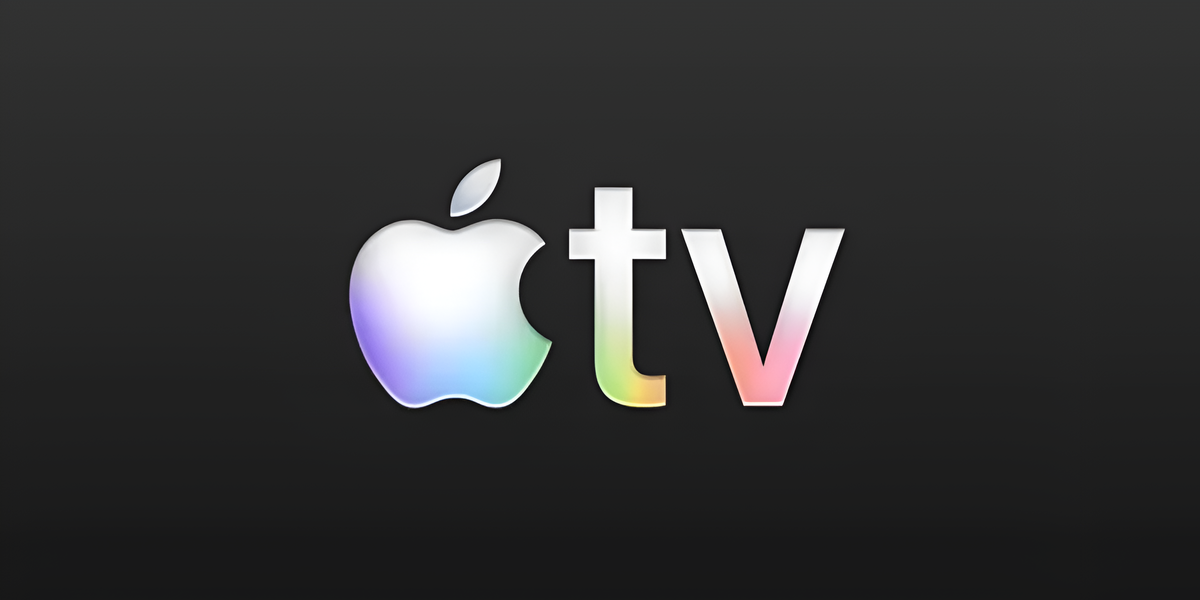Be aware of the differences between 4G versus LTE and all of its options will be useful for you to know when it’s time to change your cell phone (or carrier). Is your device not compatible with 5G technology? Before you go out and splurge on a new phone, you should know this information.
The simplest explanation: “G” stands for “Generation”. Therefore, 4G is the fourth generation of mobile data technology as defined by the radio sector of the International Telecommunication Union (ITU-R).
Similar videos
LTE is an acronym that stands for Long Term Evolution.Long term evolution) and more generally refers to the idea of increasing wireless broadband speeds to meet growing demand.
You may also be interested in knowing what is 5g and comparison between CDMA vs. GSM.
What is 3G?
When 3G networks began to roll out, they replaced the 2G system, a network protocol that allowed only the most basic of what we would now call smartphone functionality.
Most 2G networks handled phone calls, basic text messages, and small amounts of data through a protocol called MMS. With the introduction of 3G connectivity, large data formats have become much more accessible, including standard HTML pages, videos, and music.
But the speeds were still quite slow, mostly requiring specially formatted pages and data for those still slow wireless connections. By 2G standards, the new protocol was fast, but still not comparable to a home broadband connection.
What is 4G?
In March 2008, ITU-R established 4G connectivity standards, requiring all services described as 4G to comply with a set of connectivity and speed standards.
For mobile use, including cell phones and tablets, the maximum connection speed must be at least 100 Mbps, and for stationary use, such as hotspots, at least 1 Gbps per second.
When these standards were announced, these speeds were unknown in the practical world because they were intended for technology developers, a point in the future that marked a significant leap over current technologies.
Over time, the systems powering these networks have caught up, not only because new transmission methods have found their way into products, but also because previously installed 3G networks have been upgraded to the point where they can be classified as 4G.
What is LTE?
LTE stands for Long Term Evolution, and it’s not so much a technology as such, but the path taken to achieve 4G speeds. For a long time, when your phone showed the “4G” symbol in the top right corner, it actually wasn’t there.
When the ITU-R set minimum speeds for 4G, they were relatively unattainable, no matter how much money technology makers had invested in achieving them.
As a consequence, the regulator decided that LTE, the name given to the technology used to achieve these standards, could be labeled as 4G if it provided a significant improvement over 3G technology.
What is 4G LTE?
Operators immediately began touting their connections as 4G LTE, a marketing ploy that allowed them to claim next-generation connectivity without first reaching the actual required figure (kind of like claiming that NASA landed on the moon because it got close to the moon). quite a lot and the spacecraft that brought it there was much better than the previous ship).
However, this is not entirely misleading, despite the inconsistent speeds depending on location and network, as well as the immediately noticeable difference between 3G and 4G.
To make things even more confusing, you’ll also likely run into LTE-A at some point. This acronym stands for Advanced Long-Term Evolution and takes us one step closer to 4G.
It offers faster speeds and more stability than regular LTE, is backwards compatible, and works by channel aggregation, so instead of connecting to the strongest signal in your area, you can download data from multiple sources at the same time.
LTE standardization has now come to the point where specification changes are limited to bug fixes and patches.
Speed
So the obvious question is: can you see the real difference between 4G and LTE networks? Is the speed of page loading or app loading on your portable device much faster if it has LTE built-in?
Probably not, unless you live in the right area. While the difference between slower 3G networks and newer 4G or LTE networks is certainly quite noticeable, many 4G and “true 4G” networks have nearly identical download and upload speeds. The release of LTE-A has changed things for some, but your performance may vary.
LTE-A was for a while the fastest connection available for wireless networks, but 5G networks are becoming more popular in more places. Not only that, but the latest cell phones on the market now have 5G. So 4G is becoming less and less relevant.
Required Resources

A 4G connection requires two components: a network that can support the required speeds, and a device that can connect to that network and download information at a fast enough speed.
Just because a phone has 4G LTE connectivity doesn’t mean it can give you the speed you want, just like buying a super sports car doesn’t mean you can exceed highway speed limits.
Before carriers could offer LTE speeds in major regions, they were already selling phones with the capabilities needed to reach the desired speeds and then began rolling out the service on a limited scale. Now that LTE service is widespread enough, this is no longer a problem.
packet switching and circuit switching

No matter what the data is or how fast it is transmitted, it must be packaged and sent so that other points on the network can interpret it. Older networks use circuit-switched technology, a term that refers to the method of communication.
In a circuit-switched system, the connection is made directly to the target over the network, and the entire connection, be it a phone call or a file transfer, is made over that connection.
The benefits of a circuit-switched network include faster connection times and less chance of a connection drop. The new networks take advantage of packet switching technology, a modern protocol that can be used by many more connected points around the world.
In a packet-switched network, your information is broken up into small pieces, which are then sent to their destination along the route that is currently the most efficient.
If a node disconnects from its connection on circuit-switched networks, you will have to reconnect, but on a packet-switched network, the next packet will simply look for a different route.
Much of the technology used to create 4G speeds has nothing to do with voice communications. As voice networks continue to use circuit-switched technology, it has become necessary to reconcile the difference between the old and new network structure.
Voice networks have implemented several different methods to solve this problem, with most carriers opting to implement one of two options that retain control over the minutes used.
Carriers do this by allowing cellular communications to use circuit-switched standards when it is used to make or receive a call, or by using packet-switched communications for data and simultaneously circuit-switched communications for voice.
A third option is to simply run voice audio as data over the new LTE networks, a method that most companies have avoided for a while, probably because it makes it impossible to download voice minutes easily.
Voice over LTE (VoLTE) is basically what happens when you make a video call or connect to someone else using high resolution audio as well as a faster connection speed.
VoLTE and Wi-Fi calls are now becoming more and more popular and are likely to only expand and integrate into our daily lives.
When will 5G dominate?

After years of waiting, 5G is finally becoming the norm, available on new flagship phones like the iPhone 13 and Pixel 6. Many manufacturers have introduced 5G-enabled phones, and major carriers like Verizon, T-Mobile, and AT&T are constantly evolving. and improving their 5G networks.
However, the gap between 5G and LTE is not as big as it seems at the moment. As with other protocols, 4G and 5G will coexist for a while.
Source: Digital Trends












